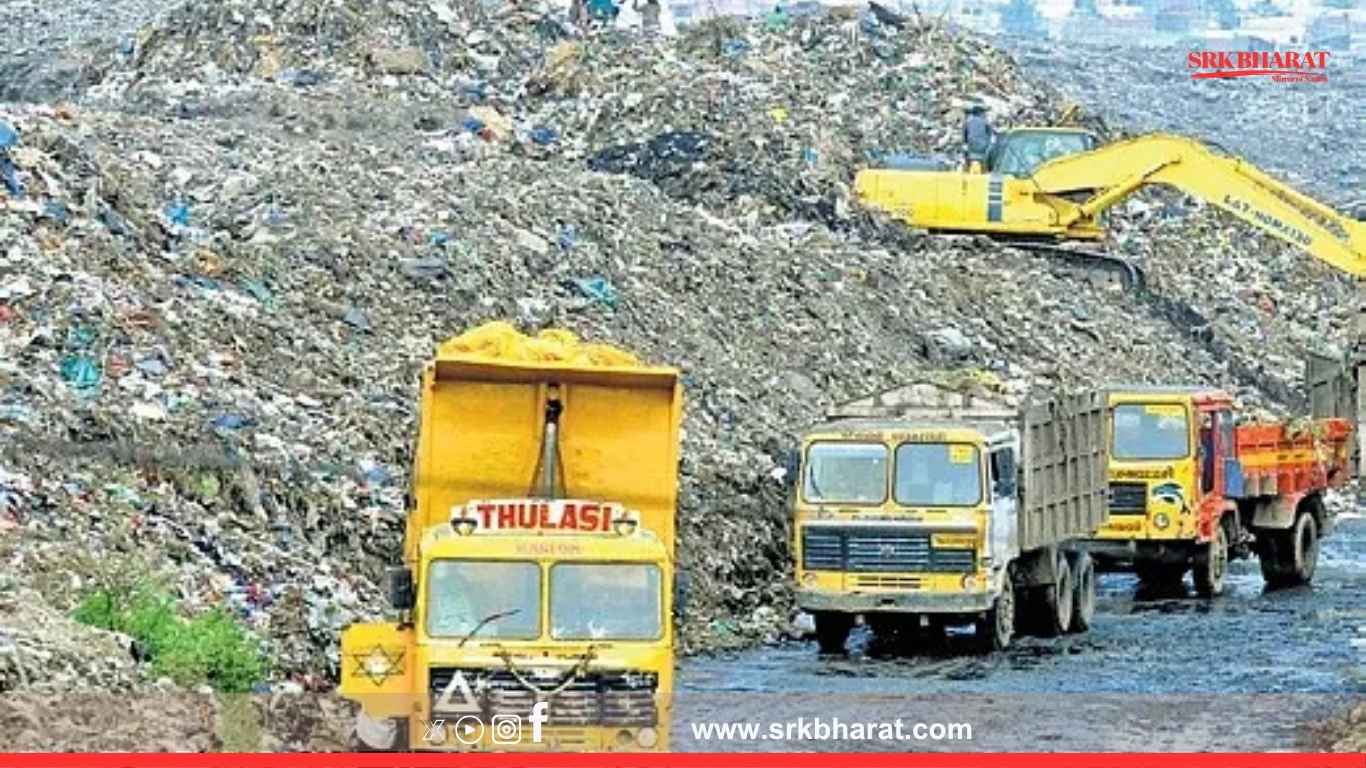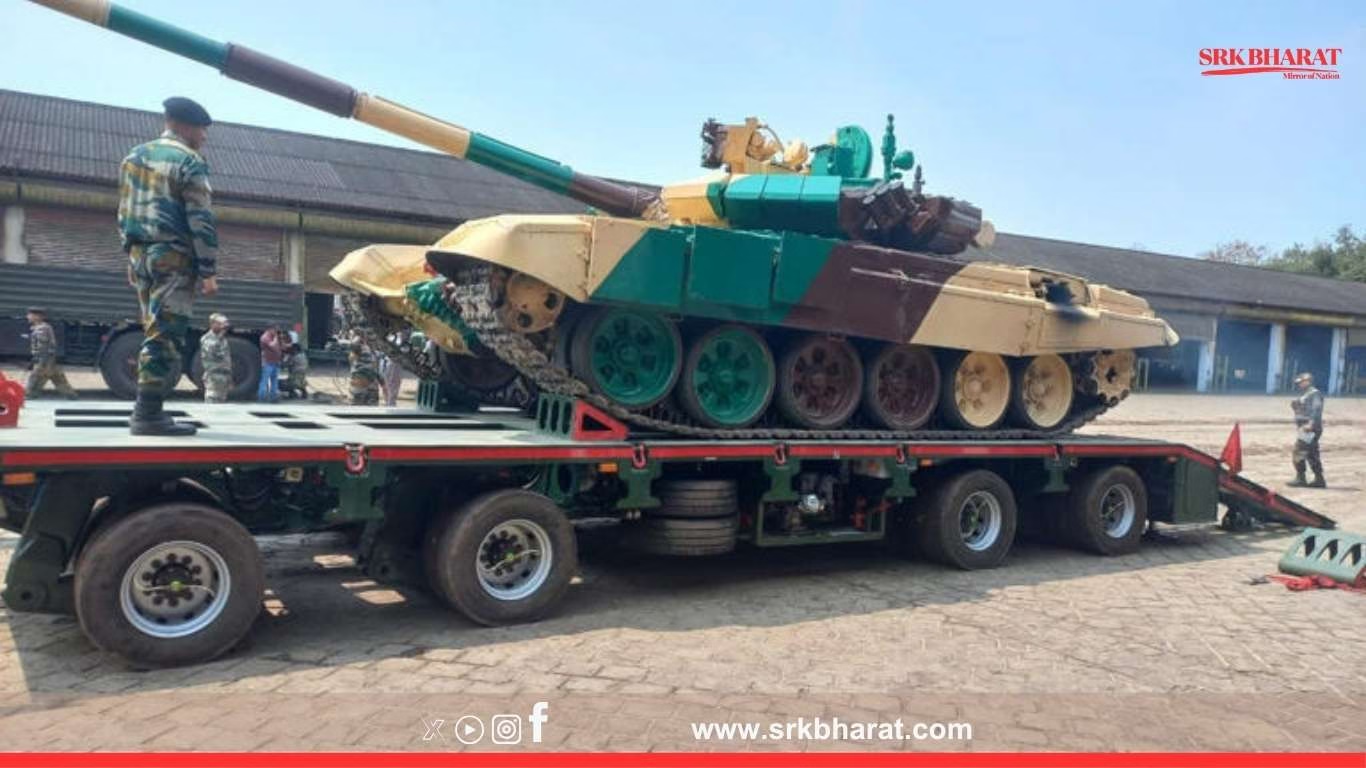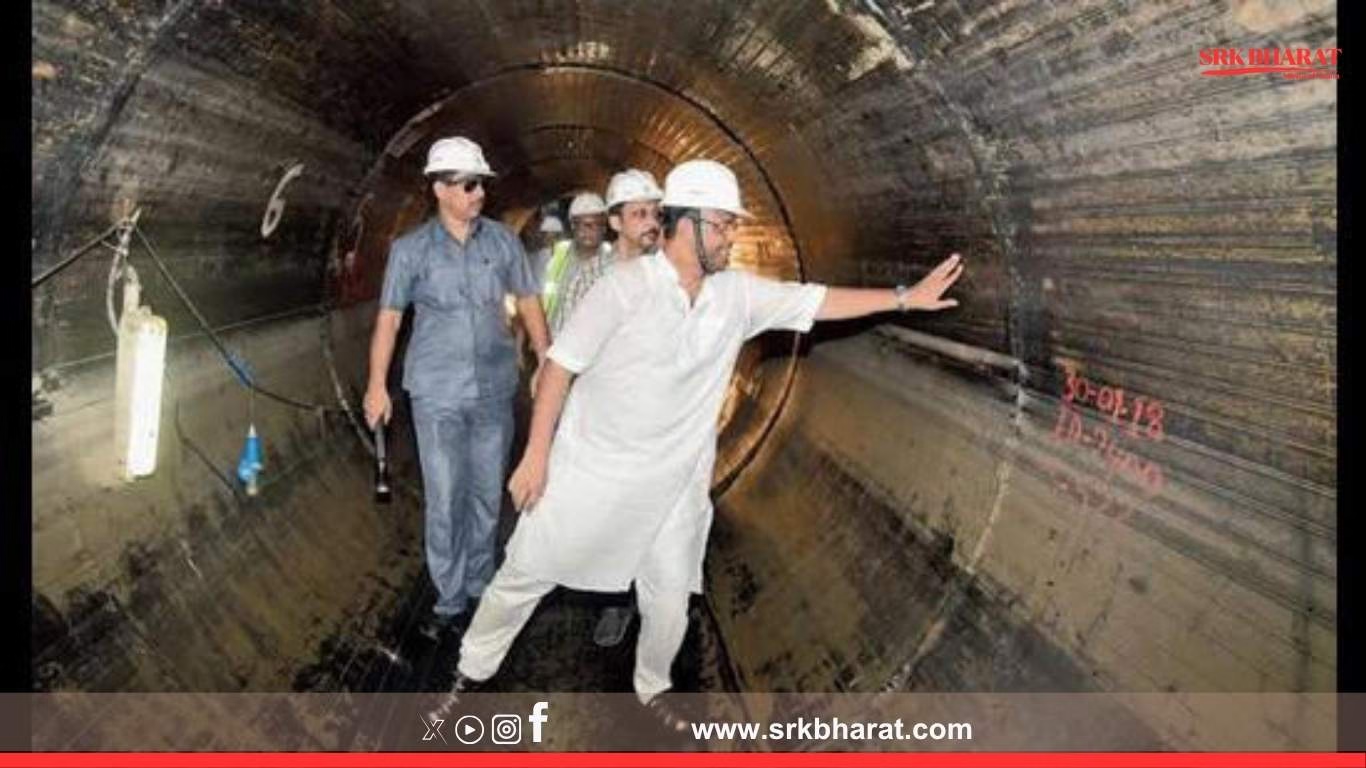In a significant boost to the city’s waste management infrastructure, Tambaram City Municipal Corporation (TCMC) has sanctioned the construction of five new solid waste transfer stations at an estimated cost of ₹31 crore. The move aims to streamline garbage collection, segregation, and transportation, addressing mounting challenges posed by rapid urbanisation in the southern suburbs of Chennai.
What are solid waste transfer stations?
Transfer stations serve as intermediate collection hubs where waste from households and commercial establishments is temporarily deposited, compacted, and then transported in bulk to treatment or disposal sites. This reduces the need for multiple small vehicle trips to faraway landfills, cuts down fuel costs, minimises emissions, and ensures efficient waste management logistics.
Key features of Tambaram’s new transfer stations
| Feature | Details |
|---|---|
| Number of stations | 5 |
| Total budget | ₹31 crore |
| Funding agency | State Urban Development Department and TCMC |
| Locations proposed | Pallavaram, Chromepet, East Tambaram, Selaiyur, Madambakkam |
| Facilities included | Mechanised waste compactors, segregation sheds, leachate collection systems, sanitation units, CCTV monitoring |
These facilities will be equipped with advanced compactors capable of handling 50-100 tonnes of waste per day, a major upgrade from manual collection centres.
Why does Tambaram need these transfer stations?
Tambaram’s population has surged to over 9 lakh residents after its upgrade to a municipal corporation in 2021. This has led to:
- Daily solid waste generation crossing 600 tonnes
- Inadequate waste segregation facilities leading to dumping and burning
- Increased vehicular trips to landfills, causing traffic and emissions
- Overflowing bins in market and residential areas
Municipal officials stated that transfer stations will enable efficient door-to-dump management, reduce collection frequency per location, and support scientific waste processing.
Official statement
Tambaram Corporation Commissioner V Thirugnanam said:
“The five new transfer stations will ease operational pressures on sanitation workers, improve waste segregation at source, and reduce transportation costs. We plan to integrate these with material recovery facilities (MRFs) to enhance recycling rates.”
Project timeline and implementation
| Project Stage | Timeline |
|---|---|
| Tender finalisation | July 2025 |
| Construction commencement | August-September 2025 |
| Expected completion | Within 12 months of work order issuance |
| Operational readiness | Mid-2026 |
The civic body is expediting land identification and environmental clearances to prevent delays witnessed in past solid waste management projects.
Integration with Smart City and Swachh Bharat initiatives
Tambaram’s transfer stations are designed in line with Swachh Bharat Mission 2.0 guidelines focusing on:
- Decentralised waste processing to reduce landfill dependence
- Waste-to-energy integration wherever feasible
- Zero landfill and enhanced resource recovery targets
The transfer stations will also include solar rooftop panels, bio-toilets, and automated waste data monitoring for operational sustainability.
Local residents’ reactions
While many welcomed the move, a section of residents raised concerns about:
- Proximity of stations to residential colonies
- Potential odour, vermin, and traffic disturbances
- Land acquisition without prior public consultations
Selaiyur Residents Welfare Association President G Pradeep stated:
“We support waste infrastructure development but urge the corporation to follow best practices in site selection, odour control, and green buffer creation to minimise impact on neighbourhood health.”
Global best practices for transfer stations
Cities like Singapore, Tokyo, and San Francisco integrate transfer stations within urban planning while mitigating public health risks through:
| Best Practice | Outcome |
|---|---|
| Enclosed tipping floors with negative air pressure | Odour and dust control |
| Automated compactors and conveyors | Reduced manual handling, faster processing |
| Green landscape buffers | Minimises visual and environmental impact |
| Integrated MRFs | Higher segregation and recycling rates |
| Solar rooftops and rainwater harvesting | Energy-water sustainability |
Environmental considerations
Transfer stations are a critical component of scientific solid waste management when combined with:
- Source segregation (wet, dry, hazardous waste)
- Material recovery and composting units
- Waste-to-energy plants or sanitary engineered landfills
However, if not scientifically operated, they risk becoming secondary dumping grounds, causing groundwater contamination and vector breeding.
Future roadmap for Tambaram’s waste management
Municipal officials indicated plans to:
- Increase segregation at source from current 45% to 80% by 2027
- Deploy GPS-enabled waste collection vehicles for route optimisation
- Establish community composting units in large apartment clusters
- Pilot smart bins with fill-level sensors in market areas
- Tie up with recyclers and NGOs for extended producer responsibility (EPR) waste pickups
Expert perspectives
Dr S Chandrasekar, urban sanitation consultant, remarked:
“Transfer stations are effective only when integrated into a holistic waste management chain. Mere construction without robust operational frameworks leads to systemic failures witnessed in several cities.”
Lessons from other Indian cities
| City | Key Outcome |
|---|---|
| Pune | Decentralised transfer stations + SWaCH cooperative led to 60% landfill diversion |
| Indore | Transfer stations integrated with waste-to-energy plant resulted in near-zero landfill dumping |
| Delhi | Poorly managed transfer stations became dumping hotspots and public health hazards |
Conclusion
The establishment of five new solid waste transfer stations marks a transformational step for Tambaram’s sanitation and environmental health landscape. Success will depend on:
- Transparent site selection with community involvement
- Adoption of global operational standards
- Strengthening the waste segregation and recycling ecosystem
If implemented efficiently, Tambaram could emerge as a model city in Tamil Nadu for scientific solid waste management, aligning with national goals for cleaner, healthier, and sustainable urban living.
Disclaimer: This news article is based on announcements by Tambaram City Municipal Corporation, official statements, and public domain data. Final project execution, timelines, and operational models are subject to regulatory approvals and on-ground implementation by civic authorities.











